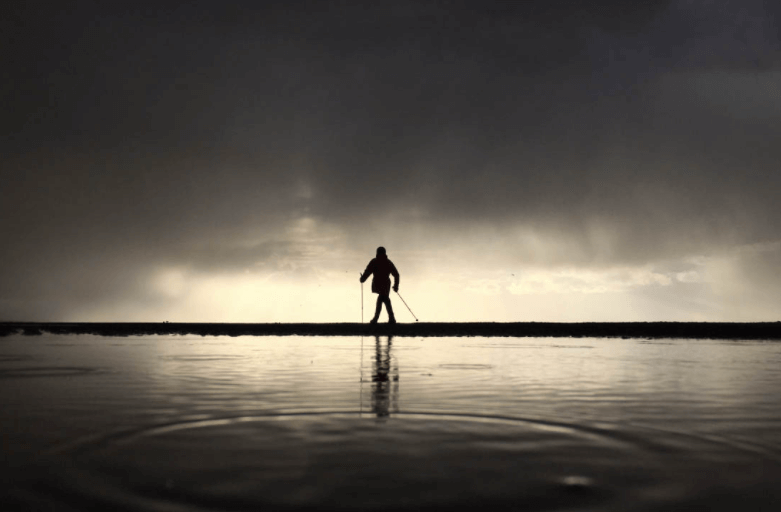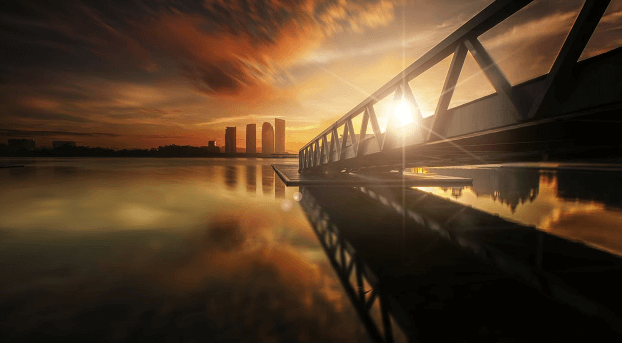Photography is a beautiful hobby that exposes the object to talk artistically. Photo editing keeps a crucial impact on photography. This is the way you can make your photos feel unique and make people know your work. As a photographer, you can brand yourself by showing excellent photo editing.
You can bring magic to make a simple photo more attractive by editing tips and techniques. You can take help from a variety of photo editing softwares like Adobe Photoshop, Lightroom, and so on. Thus you can get stunning photographs. If you are not satisfied with the editing options on these softwares, you can look for online-based softwares.
Basic Tips for the Beginners

Most of the photographic cameras can cover simple editing while taking photos. You can take an excellent photographic shot if you are pretty familiar with the camera’s shutter speed, ISO, and aperture. You can make the photographs more appealing by editing some relevant facts. As a beginner in editing, you can follow some basic tips.
At first crop the image and straighten the objects relevant to natural view. Then increase or decrease the picture to give a natural effect. After then, apply the other steps like; noise reduction, sharpening, contrast, exposure, background removal (if necessary).
Editing is the second chance for the stunning photograph
Editing keeps a crucial impact on photography. After a botched photoshoot, it can be the second chance you desperately need. After knowing all the pros and cons of photo editing, you can get a professional photo retouching job under a photographer. Suppose you want to capture the photo of dynamic objects; it can be a flying bird or a running car. Maybe that time, it was too late for you to adjust your camera settings. After coming back from a day’s long hard work with photography can disappoint you while not capturing the desired pictures.
10 Photo Editing Tips for Stunning Photographs

There are many ways of editing a photo. If you really want to take stunning photographs, try some methods listed below. But with the knowledge of a professional photo editing job, you can apply magic to the photo by following the steps below;
- Flattening the image in raw
- Crop and resizing
- Uses of the healing brush
- Use of the clone stamp set to lighten or darken
- Blur the photos background or foreground
- Adjust the white balance of the image
- Frequency separation
- Color vibrancy and saturation
- Using layer masks
- Sharpen images
I used to apply the tips while I needed to edit photos. Those I explained down for your concern;
1. Flattening out the image in raw
At the beginning of photo editing, you need to flatten out the image in raw. Then you will be able to get the right amount of contrast you will add to your vision. Bring your idea to the highlight slider between -30 to -80 and adjust the shadow slider between +30 to + 80. I choose to keep my photos to get the most outcome while editing in this range. Editing is the way I keep flattening out the images in raw.
2. Crop and resize
You can crop the image where you feel the things, and sight sceneries affect the vision. Keeping a good framing on the photographs is essential to crop the photos. Start to drag from a specific corner of the image, then end the dragging to the desired corner. While you crop the photo, always keep in mind that the things you want to cut out from the photograph are an unnecessary outline. You are resizing just to bring the picture in a desirable range. It helps you rotate and get your photo in a specific shape, but it doesn’t cut any unwanted things.
3. Using the healing brush
Using a healing brush is a good technique for editing a photo. You can remove the unwanted things from the image to bring it in a most valuable perspective. I like to use the healing brush rather than a spot healing brush cause I can select the area necessary. To remove a tiny unwanted spot or pimples, rashes, and specks of dirt or ink on a cloth, using a healing brush can give you an eye-soothing capture.
4. Using the clone stamp set to lighten or darken
Clone stamp tools can measure the depth of the objects relevant to other things in a photograph. I like to use around 50% opacity. I frequently use the clone stamp set to lighten, which helps me focus on the objects where darker shadows are required. I can gradually change midtones and highlights where necessary. You can keep your things more concentrated when you darken their shadows in the background.
5. Using a blurry effect
If you want to blur the edges of your photo, the Blur Edges tool is the perfect tool to use. Blurring photos make your photos stand out and add a layer of interest to them. When you blur the background, you can crisp and clear the foreground object. You can bring a spiritual look to the photo by using a blur tool. You can add text and graphics; you will keep the focus where it needs to be while keeping your imagery’s color and added appeal.
6. Adjust the white balance
It’s imperative to adjust the white balance mode in the photographs. You should not use the auto-white balance, making your photo look duller when you want any lighter shades, which is much worth it, like taking the natural look of a snowy area or a cloudy sky. Adjusting the white balance, you can use the brightness and contrasting effect on your photoshop lab.
7. Frequency separation
This is a powerful retouching technique to give a soft effect on the skin while degrading skin texture. You can quickly get a perfect tone in different parts of the body by using the method of frequency separation. You can get smoother skin tones that match the other body parts. Using a high-frequency balance gives a sharp skin tone. Try to use a low-frequency balance to modify the overall skin tone depending on the surroundings. I like to use some frequency separation effect on the clothes to get a smoother value to the overall photograph.
8. Adjust the Vibrancy and color saturation
The vibrancy and color saturation can significantly affect your photo editing steps. Vibrancy boosts more muted colors, and it mostly ignores the warmer colors like yellows, oranges, and reds. It prioritizes the more excellent colors like blues and greens.
Saturation affects the color intensity of all the colors in a photo. It intensifies the warmer color like red, yellow, and orange. The picture will look horrible if you use the saturation cranked up 100. Vibrancy is more valuable than saturation, especially when people are in the frame.
9. Using layer mask
I like to use a layer mask for toning and editing the image. I don’t want the effects always to be unique. That’s why I use a different layer mask to get a comparatively perfect photo. You can use layer masks with the Hue\Saturation adjustment. Usually, hands, ears, legs are often different colors depending on the natural effect. In this fact, you can change Hue or Saturation on a different color on a particular body part. Then mask out where you want its effect. When I go for change the background of any photograph, I used to tone the background differently.
10. Sharpening Images
Sharpening an image gives a cleaner look. You may get different types of photo-editing tools, in different softwares. Just start by adjusting the overall amount of sharpness. Start the editing from 50%, then adjust the level up or down to get the sensitivity you prefer. You may try the ‘clarity’ or “structure’’ tool to make the edge of objects stand out more.
Try to look closely at individual areas of the frame to evaluate the effect of each sharpness adjustment. You should always keep in mind that sharpening an image too much can create an obviously unnatural effect around the objects in the frame.
After doing all your photo editing, compare and examine them to see if you are satisfied with each one. If you think you need additional adjustment, do where it is required.
As the RAW files are so large, you need to convert the edited photo to JPG before emailing, posting, sharing, or printing them out. You should save all the final edited versions of the images alongside the natural photos.
Last Word
The photographers always want to let viewers know about the stories behind the photograph. It can be disappointing when the camera does not capture the moment. At that time, you can enhance the image’s mood with your editing talent.
This is the process you can modify items on the notion. And maybe you wish to draw attention and recreate the whole story behind the picture.